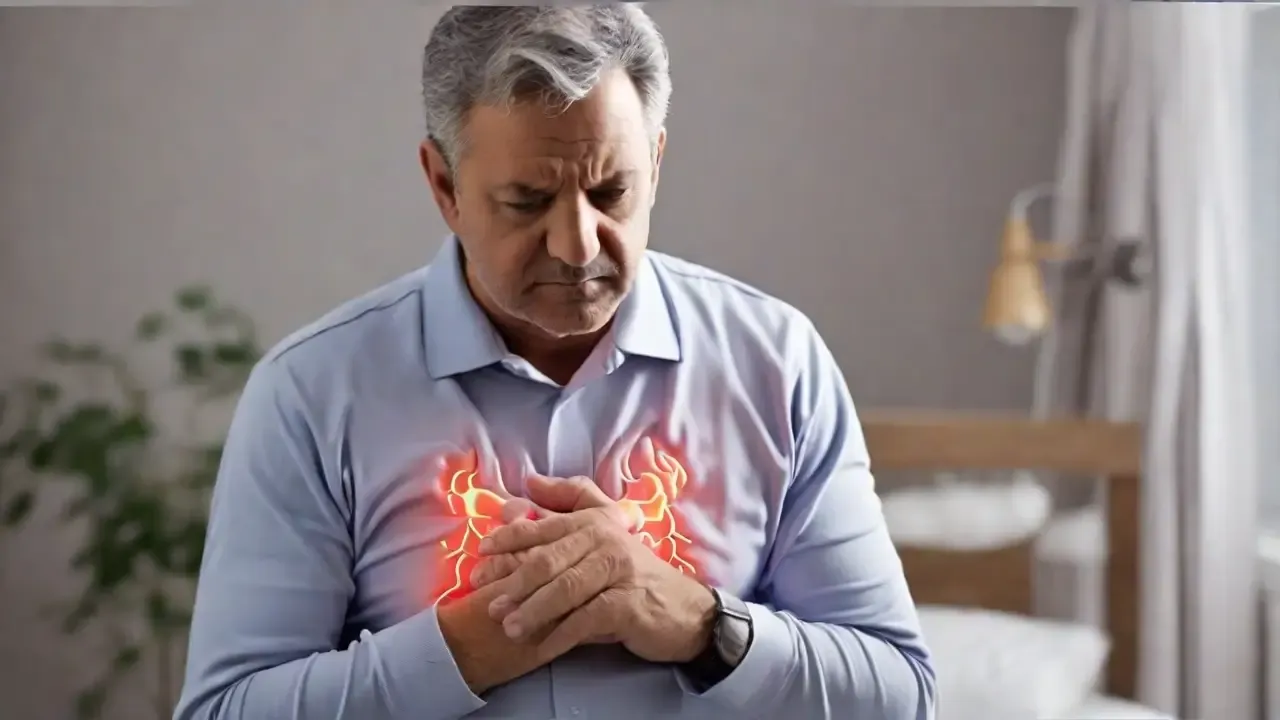Diverticulosis vs Diverticulitis:
Diverticulosis and diverticulitis are two common gastrointestinal conditions that often cause confusion due to their similar names and symptoms. However, they are distinct conditions with their own characteristics, causes, and treatment approaches. In this article, we'll delve into the differences between diverticulosis and diverticulitis, shedding light on their symptoms, causes, and management.
 |
| Diverticulosis vs Diverticulitis |
Table of Contents
Introduction
Before we delve into the specifics of diverticulosis and diverticulitis, let's clarify the key differences between these two gastrointestinal conditions.
Diverticulosis refers to the presence of small pouches or pockets known as diverticula in the lining of the colon. These pouches often develop due to weak spots in the colon wall, which can balloon out and create small pockets. On the other hand, diverticulitis occurs when these diverticula become inflamed or infected, causing a range of discomforting symptoms.
In the following sections, we'll explore each condition in detail, outlining their symptoms, causes, and available treatment options.
Diverticulosis
Diverticulosis is a relatively common condition, especially among older adults. It's often asymptomatic, meaning that many individuals might not even be aware that they have diverticula. However, in some cases, diverticulosis can lead to mild symptoms such as bloating, cramping, and irregular bowel movements.
Causes: The exact cause of diverticulosis is not fully understood, but it's believed to be linked to a low-fiber diet. A diet lacking in fiber can lead to constipation, which increases pressure within the colon and contributes to the formation of diverticula.
Treatment: For individuals with mild or asymptomatic diverticulosis, adopting a high-fiber diet can help prevent complications. Fiber promotes regular bowel movements and reduces the risk of diverticula becoming inflamed. In more severe cases, a doctor might recommend medication to manage symptoms.
Diverticulitis
Unlike diverticulosis, diverticulitis often presents noticeable symptoms and requires medical attention. This condition occurs when diverticula become inflamed or infected, leading to pain, discomfort, and potential complications.
Symptoms: The symptoms of diverticulitis can range from mild to severe and might include abdominal pain (often on the lower left side), fever, nausea, vomiting, and changes in bowel habits.
Causes: The inflammation and infection in diverticulitis can be triggered by fecal matter getting trapped in the diverticula. This leads to bacterial overgrowth and irritation of the colon wall. Factors such as a low-fiber diet, smoking, obesity, and lack of physical activity can increase the risk of developing diverticulitis.
Treatment: Mild cases of diverticulitis can often be managed with a combination of rest, a clear liquid diet, and antibiotics. In more severe cases, hospitalization might be required, and in rare instances, surgery might be needed to remove the affected portion of the colon.
Common Questions
What is the main difference between diverticulosis and diverticulitis?
Diverticulosis is the presence of small pouches in the colon lining, while diverticulitis is the inflammation or infection of these pouches.
Can diverticulosis turn into diverticulitis?
Yes, if untreated, diverticulosis can progress to diverticulitis. It's essential to manage diverticulosis with a high-fiber diet to prevent complications.
Are there any risk factors for these conditions?
Yes, a low-fiber diet, lack of exercise, smoking, obesity, and certain medications can increase the risk of developing diverticulosis and diverticulitis.
How is diverticulitis diagnosed?
Doctors often use a combination of physical exams, medical history, blood tests, and imaging tests such as CT scans to diagnose diverticulitis.
Can diverticulitis be prevented?
While diverticulitis cannot be entirely prevented, adopting a high-fiber diet, staying hydrated, and leading a healthy lifestyle can significantly reduce the risk.
Conclusion
In summary, understanding the distinction between diverticulosis and diverticulitis is crucial for maintaining gastrointestinal health. Diverticulosis involves the formation of small pouches in the colon lining and is often symptomless, while diverticulitis is the inflammation or infection of these pouches, leading to discomfort and potential complications. By adopting a fiber-rich diet, staying active, and seeking medical attention when necessary, individuals can effectively manage and mitigate the risks associated with these conditions, ensuring optimal digestive well-being.


